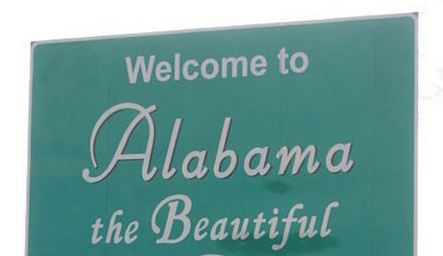A Day in Cold Spring Harbor: A Guide to Long Island's Historic Gem
1. The Whaling Museum and Education Center
At the heart of the town's identity is The Whaling Museum, an institution dedicated to preserving Long Island's significant role in the global whaling industry.
- The Experience: This is the only museum open year-round that explores the region's vibrant whaling heritage. The cornerstone of the collection is New York State's only fully-equipped, 19th-century whaleboat.
- What to See: Explore exhibits on scrimshaw, maritime art, and a diorama of Cold Spring Harbor in the 1850s. Displays like "Life Below Deck" and "Cooking with Whale Oil" bring the era to life. The museum's extensive library and archives preserve the history of the town's whaling fleet.
2. Cold Spring Harbor Fish Hatchery and Aquarium
Founded in 1883, the Cold Spring Harbor Fish Hatchery and Aquarium is a nationally recognized historic landmark and a fantastic destination for families.
- The Experience: This non-profit environmental education center is dedicated to the freshwater ecosystems of New York. It houses the state's most extensive collection of native aquatic reptiles, fish, and amphibians.
- What to See: Explore indoor aquarium buildings with over 30 species of fish, see the "New York Amphibia" exhibit with frogs and salamanders, and visit the outdoor ponds for trout and turtles. Visitors can even feed the fish or try to catch their own in the Tidal Raceway.
3. Cold Spring Harbor Laboratory
Perched on the shoreline is the world-renowned Cold Spring Harbor Laboratory, a private, non-profit institution and a pillar of modern biomedical research.
- The Experience: While primarily a working research and education center that has produced eight Nobel Prize winners, the laboratory offers scheduled 90-minute public tours of its beautiful campus, providing a glimpse into the world of cutting-edge science.
- For Students: Its educational arm, the DNA Learning Center, was the world's first biotechnology museum and offers camps and field trips for students.
4. St. John's Episcopal Church & Nature Sanctuary
- The Church: A beautiful example of post-and-beam construction, St. John's Episcopal Church was built in 1835 and features stunning Tiffany stained-glass windows.
- The Sanctuary: Beside the church lies St. John's Pond and Nature Sanctuary, a tranquil gem created by a dam and surrounded by some of Long Island's oldest woodlands. It's a perfect setting for a quiet moment of solitude and communing with nature.
5. Cold Spring Harbor Library and Environmental Center
Propped above the town with commanding views of the harbor, this impressive library is more than just a place for books.
- The Vibe: The carpeted Reading Room, with its leather chairs and marble fireplace, feels like a study in a palatial mansion. An outdoor terrace offers stunning harbor views.
- Historical Significance: The library houses a wooden plaque listing the names of the 43 local men who fought in the Civil War, serving as an important local historical archive.
6. Main Street Shopping and Historic Charm
Strolling down Main Street feels like walking through a New England village.
- The Shops: The street is lined with antique shops, art galleries, and unique boutiques, many of which are located in historic buildings that once served as the homes of 19th-century ship captains.
- Historic Markers: Keep an eye out for historical markers that tell the story of the town's past, including the site of a 1782 paper mill and another detailing a plot to assassinate George Washington that was revealed by a local counterfeiter in 1776.
Cold Spring Harbor is a living museum, a place where the echoes of a bustling whaling past meet the cutting edge of modern science. From its world-class museums and historic buildings to its charming Main Street and serene natural beauty, this Long Island hamlet offers a rich and rewarding experience for any visitor.
Sources:
- The Whaling Museum & Education Center of Cold Spring Harbor
- Cold Spring Harbor Fish Hatchery and Aquarium
- Cold Spring Harbor Laboratory
- The Cold Spring Harbor Fire House Museum
- Preservation Long Island
- Discover Long Island (Official Tourism Website)
- Historical accounts and publications on Long Island history



